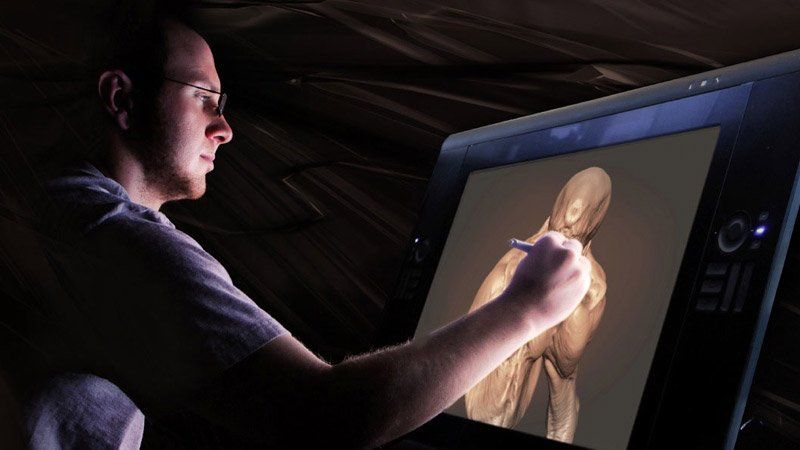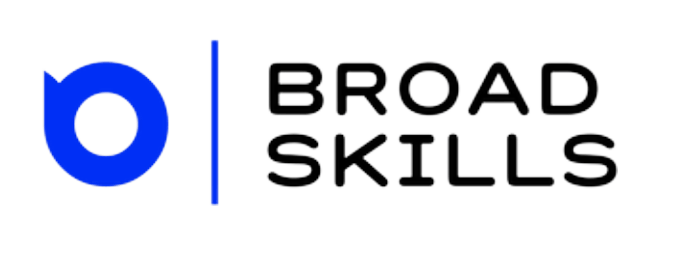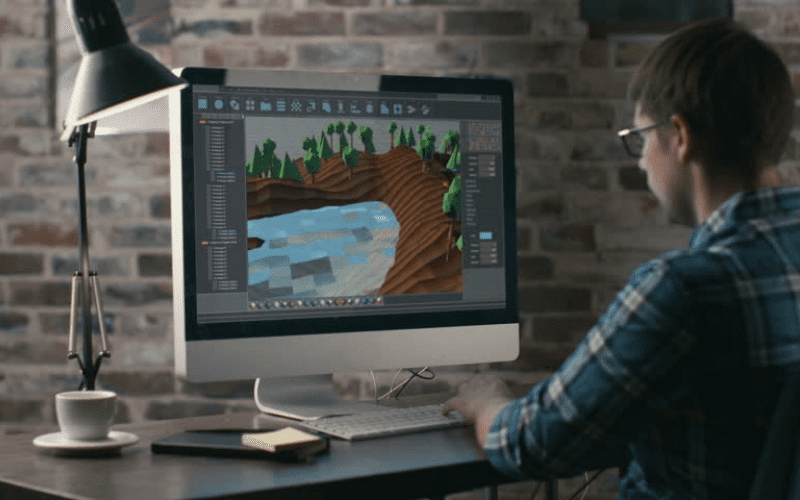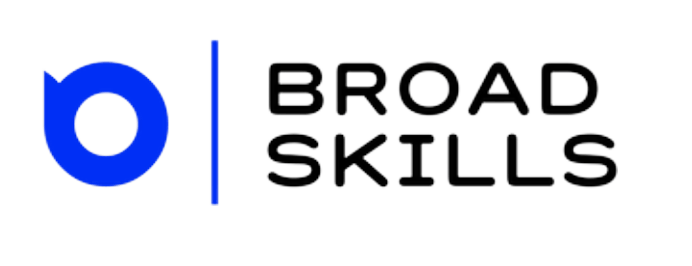Digital Illustrator
Digital illustrator Job Description
A digital illustrator creates narrative artworks (images that tell a story) using graphics software.
The work of a digital illustrator can include artwork and high-end special effects for film, elements for video games, advertisements, graphic design, book cover art, etc.

Role and Responsibilities
Digital illustrators create original images for either commissioned work or personal projects.
As the term implies, they work using computer software on PCs or graphics tablets. Each artist has their own unique process and each project requires different techniques.
Initial sketches for a piece may start as hand drawings but the finished product is delivered digitally for digital media such as film and television effects, publishing, web design, advertisements, educational resources, video games, etc.
The digital illustrator is briefed on the project and they produce artwork that best communicates the idea, character, visuals, scenario, sequence, icon, etc. The creative process is one that works on developing these illustrations, refining and reworking drafts until the final artwork is signed off.
Most illustrators work as freelancers but some advertising agencies, publishing houses and large companies will have in-house illustrator roles.
The responsibilities of a Digital Illustrator can include:
- Working with the producer, publisher, client, etc regarding the brief for the project
- Illustrating with the audience in mind, finding the most effective way to communicate a story
- Presenting a series of drafts of the illustrations for approval
- Employing graphics in bitmap or vector formats as required
- Collaborating with team members regarding designs and workflows
- Working to a schedule
- Keeping project on budget
- Ensuring illustrations meet quality color standards
- Advising on intricacies of design genre, style, color palette, etc
- Delivering to client’s expectation
- Supplying final artwork to set specifications
The digital illustration process is similar to other forms of illustrations, with initial rough sketches drawn using a graphics tablet and then refined using bitmap (Adobe Photoshop) and/or vector (Adobe Illustrator) applications.
The main difference between the two types is that bitmap, or painting, software creates photorealistic images and allows for special effects; while vector, or drawing, tools create images through anchor points to construct shapes and clean lines. A finished digital image may contain embedded layers of both types of graphics.
Digital Illustrator Software and Tools:
The software required by a Digital Illustrator:
Digital illustrators use digital tools to create their work. This includes graphics software and hardware such as PCs and graphics tablets. They may scan hand drawn sketches, import images from the natural world and use photographs to create digital art.
- Adobe Photoshop, Illustrator, InDesign, Acrobat
- Dreamweaver
- Microsoft Paint, PowerPoint, Visio
- QuarkXPress
- HTML
- AutodeskSketchBook
- Corel Painter
- CAD
Skills Required:
Digital illustrators must be equally adept at thinking creatively and remaining tech-savvy.
They are required to respond to constructive criticism and deliver what the client wants on time, within budget and in the correct format.
Their digital skills will constantly be put to the test as each project will require different formats, and digital tools are ever-changing and upgrading.
Digital Illustrator would require these skills:
- Training in digital illustration, graphic design, fine art
- Talent for visual communication, strong drawing skills
- Understanding of variety of digital format delivery items ie JPEG, TIFF, PDF, etc
- Experience working with geometric primitive shapes to create complex shapes
- Feel for shading and depicting three-dimensional shapes
- Familiarity with how pixels (picture elements) work
- Ability to create bitmap, vector and raster graphics
- Knowledge of normal, UV, bump and specular maps
- Familiarity with typography, an eye for incorporating text into graphics
- Experience in manipulating pixels, vertices and textures in CGI creation
- Fluency in the basics of geometry, optics, physics and perception
- Skills in producing graphs, charts, maps, icons, logos, infographics, diagrams, tables, schematics, plots, flowcharts etc
- Solid understanding of visual language - texture, color, dimension, scale, perspective, shade, composition, depth of field, proportion, spatial awareness, etc
- Good communication skills, ability to explain concepts and support artistic choices
- Skills in technical drawing
- Ability to adapt to various visual styles and genres
- Passion for the latest trends and techniques in design
- Team player, able to work independently
- Disciplined in delivering deadlines and keeping within budget
Average Salary:
The average wage for a Digital Illustrator ranges from £32,3276 for a junior position to £56,009 and above for a senior position.








